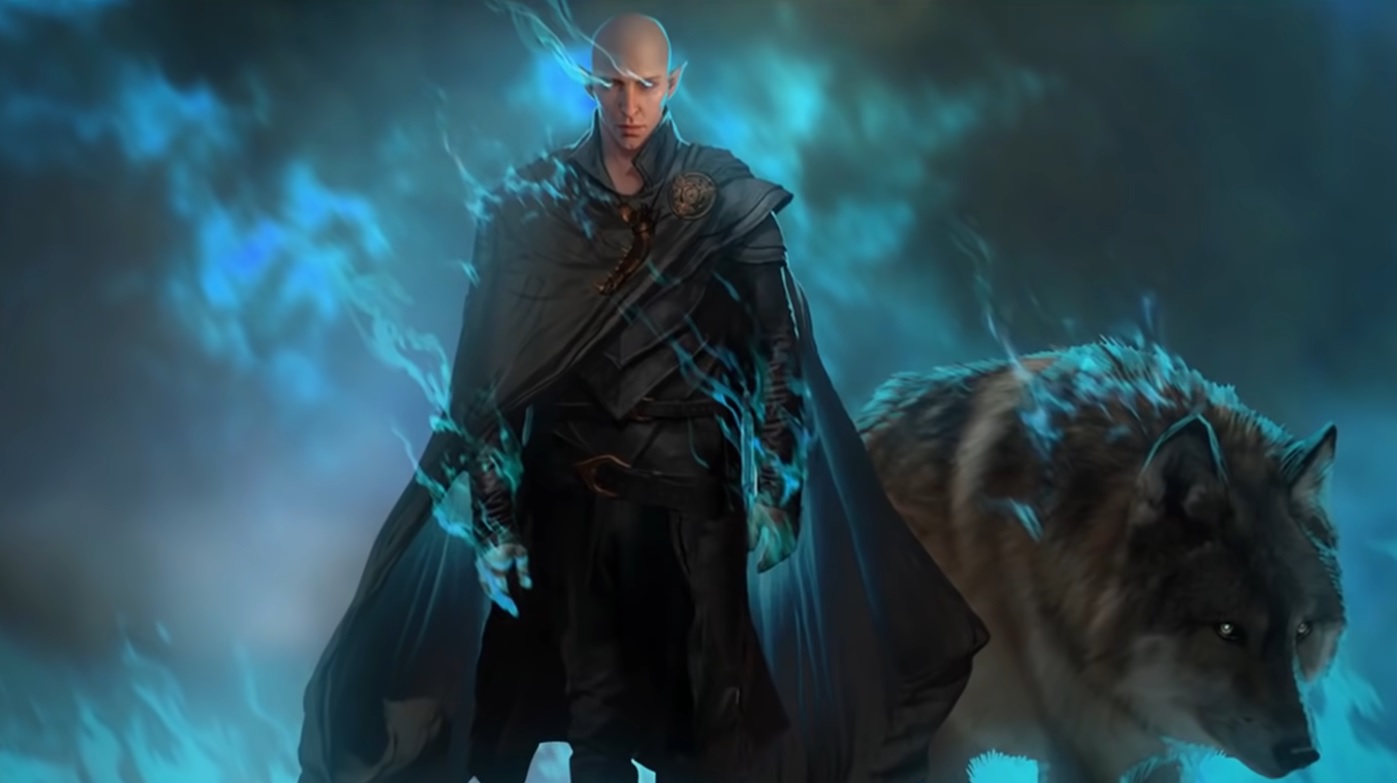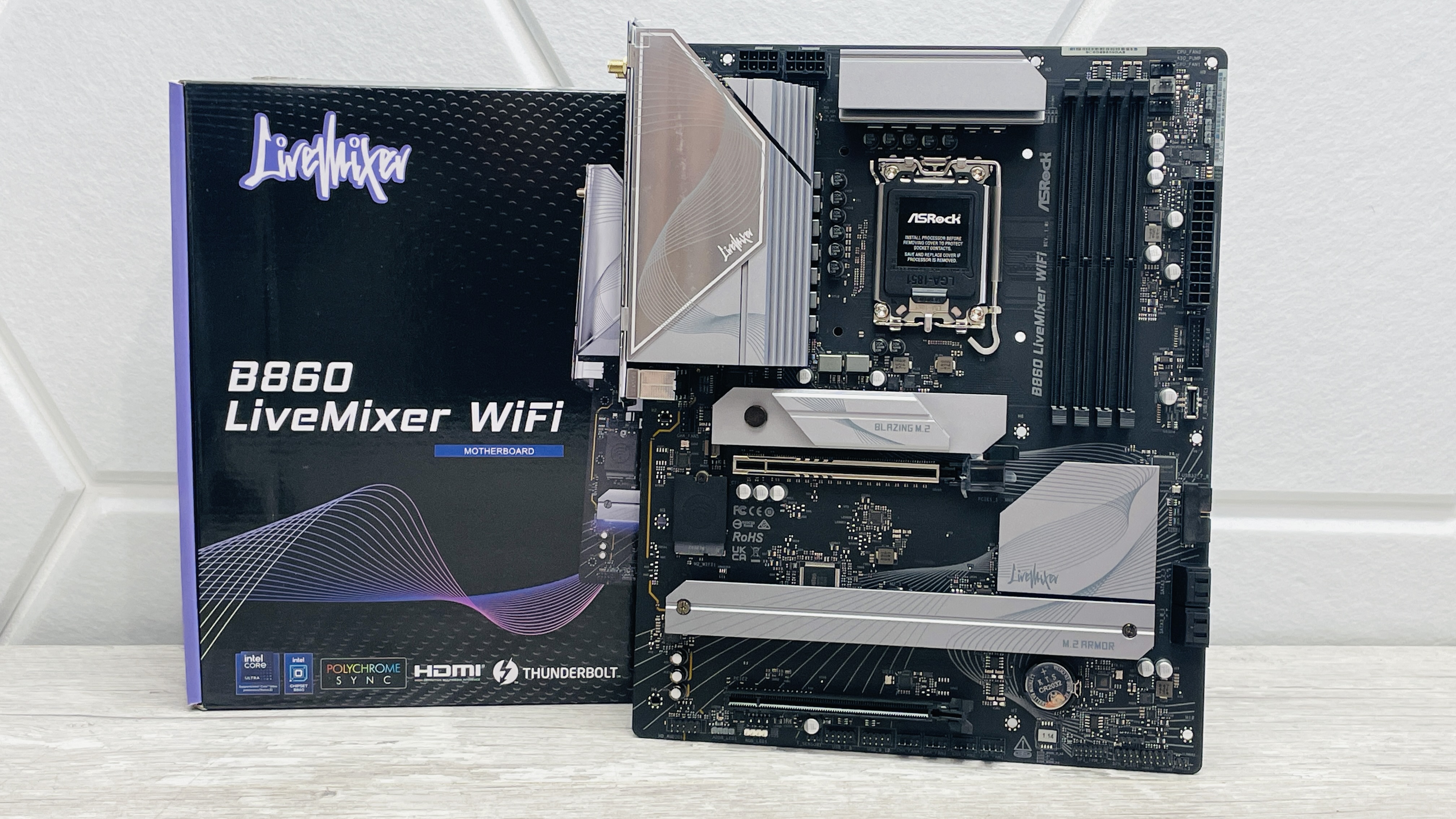
The latest developer blog is more a lesson in game design than a meaningful update.
Following the purported Dragon Age: Dreadwolf leak from a few weeks ago, I was hoping that BioWare might consider spilling the beans, maybe even just a couple of beans, to give us an idea of what it’s actually making here. But no, instead we get a “Game Design 101” blog that describes, in granular detail, the process of prototyping skill trees, without giving us even a single bean.
I’m kinda torn, though, because I’m very much in favour of developers giving us a peek behind the curtain. There’s this massive disconnect between players and developers that stems from people fundamentally misunderstanding how games get made, which isn’t helped by developers doing a bad job of demystifying the process. So a glimpse of how the sausage gets made can be invaluable. The problem here is that what people really want is to see the damn game.
It’s been a while since BioWare’s had a slam dunk, and after Andromeda and Anthem there are a lot of completely reasonable doubts about the studio’s ability to make something that will become as beloved as their older RPGs. The alleged leak showed us something that looked very different from what we’re used to with Dragon Age, with combat that’s fully embraced a style more commonly seen in action games. It raises a lot of questions, and not one of them has been remotely addressed in the latest blog.
So much time is spent explaining what game designers do, and the considerations the UX team have been making; while game design philosophy is genuinely quite interesting, there’s very little meat here.
The most relevant section comes near the start, and isn’t attributed to a specific BioWare designer.
Past Dragon Age games have all handled RPG systems, such as the player’s progression, differently, so naturally, we’re being just as experimental on Dreadwolf, taking the learnings of the past while also trying something new.
Skill Trees are a fundamental part of a deep RPG experience and give our players the ability to customize how their character functions in combat. A key belief on the team is that when a player invests a skill point, it should have a clear, tangible effect on the game, such as an ability or impactful perk.
The rest of the blog really just serves to emphasise this. Skill trees should be clear, with explanations and videos to make sure players know what they’re selecting, and the ability to plan builds right from the get-go. Every point you put into them should be meaningful, and you shouldn’t have to waste points on incremental nonsense just to get to the good shit.
OK, that’s cool, I guess? But this is hardly a novel idea, and even though I do prefer making big decisions instead of lots of tiny ones that I instantly forget about, it’s not always as simple as just making sure there’s something fun to pour your points into. This is something Blizzard discovered in World of Warcraft. After streamlining the talent trees to make sure players never needed to worry about tiny stat increases, Blizzard realised players didn’t actually like that at all, and eventually reintroduced a more elaborate progression system that gives players more granular control. And it’s so much better.
Maybe BioWare will find a way to let us have our cake and eat it too, but it’s impossible to tell right now because all we’re being shown are early prototypes of skill trees absent any details. What’s more frustrating is that the studio has actually finalised the design of the skill tree—there’s something tangible that we could actually see now. But instead we get to go to game design school.
It’s not like I don’t sympathise with the complexity of communicating game development progress. Give too much away too soon and you raise expectations and get yourself in a bind in the (very likely) eventuality that changes need to be made. And prospective players desperately want more information, more communication. But if you don’t have anything to actually say, maybe it’s better to just wait till you do.



